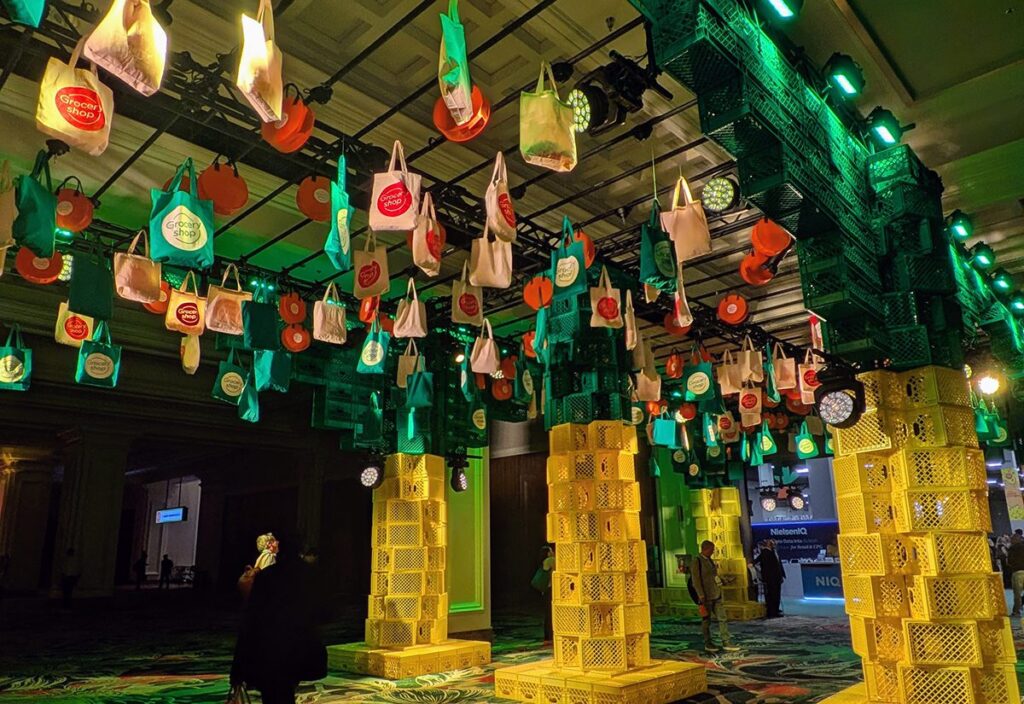
Most consumers’ shopping habits change to some degree in a recession. They put off replacing the car, don’t buy that extra handbag or pair of shoes, and pay by cash or debit cards to better manage the household budget.
Lifestyles change as well. Dining out happens less often, and family holidays often become “stay-cations” at or close to home.
This changing shopper profile means marketers need to use all the tools and resources they have to identify in-store behavior as it happens in their category. Marketers can then make insight-based decisions on how to leverage that behavior to grow their brands.
The Reality
Generally speaking, here’s what we know about shoppers in a recession:
- They buy according to a family meal plan, preparing more meals at home and dining out less.
- The choice of private label or house brand products is more relevant in certain categories, particularly food and beverages.
- Shoppers are more disciplined about where they shop. For some, this means turning to lower-cost/high-discount retailers like Walmart, or buying in bulk from warehouse club retailers like Costco.
- Weekly circulars of retailers’ specials often determine where consumers will stock the pantry.
To take an in-depth look at consumer behavior and to further understand the complexity of getting in-store shoppers to buy, Ogilvy spoke to 14,000 retail shoppers in 24 countries. This new global shopper study, “Shopper Decisions Made In-Store,” revealed what’s truly happening in the world’s retail shopping aisles. In the U.S., we found:
- 39% of shoppers decide inside the store which brand they will purchase.
- The choice of brand in-store is triggered by a product demo more than any other promotional activity.
- 29% of shoppers buy products impulsively in-store.
- A product display triggers impulse buying more than any other in-store activity.
- Promotional pricing was one of the least effective marketing activities in-store at triggering an impulse purchase or brand choice.
The Impact Online
The recession is, of course, also being felt online, with consumers clicking for very different reasons in recent months.
Growth in online shopping is still in double digits, but the pace is slowing. The latest global Capgemini e-Retail Sales Index reports that year-on-year growth in online shopping in Sept. 2008 was down from the 72% of a year earlier.
In certain countries, however, consumers are going online not to shop but to seek out coupons and discounts to take with them to the store. For example, 22% more U.S. consumers are shopping at retail with coupons they accessed online.
Similarly, the use of mobile phones for coupon or discount delivery is growing rapidly. Kroger Supermarkets, the world’s 10th biggest retailer, is committed to the delivery of coupons directly to mobile devices. The system was tested with Kroger’s most loyal shoppers, and coupons sent to mobiles were linked to recent purchases in the store. By 2011, it’s estimated retailers will send 3 billion coupons or incentives to mobile phones globally — a digital innovation that will influence the shoppers’ path to purchase well beyond the current recession.
What It All Means
At the end of the day, shoppers are changing their behavior and attitudes toward where they shop and how they choose what to buy. Still, it all boils down to getting shoppers into the store, and then getting them to buy your product.
The challenge can be answered by a combination of subtle persuaders that push, pull, influence and ultimately close the sale.
The solution to drawing shoppers to the store could be about enhancing communication with a value message — like how much the family saves by eating breakfast cereal bought at Walmart versus a quick-serve restaurant. Similarly, experiential marketing programs, parking lot events and educational sampling near the store are powerful influencers.
As noted, displays and visibility trigger impulse buying in the store more than any other activity. Go beyond a standard carton stack or end cap and engage shoppers with theater to attract them to your brand. Product demonstrations, “retailtainment” and branded environments hold shoppers’ attention so you can influence their purchase decision.
Sheila Hartnett (Sheila.hartnett@ogilvy.com) is North American CEO of OgilvyAction.



